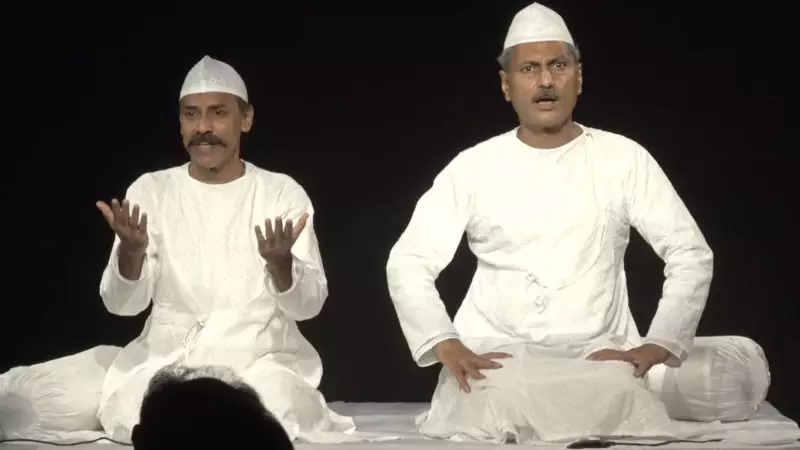
In a remarkable cultural event, Pune recently witnessed the revival of Rabindranath Tagore's sharp critique of aggressive nationalism and gender dynamics through the ancient Urdu art of dastangoi. The performance, titled Dastan-e-Ghare Baire, brought Tagore's timeless themes to contemporary audiences at Shreeram Lagoo Rang Avakash on November 23.
The Evolution of Tagore's Nationalism
While writing his novel Gora during the early 1900s colonial rule, Rabindranath Tagore strongly supported the high ideals of nationalism. However, by the time he began writing Ghare Baire, the Nobel laureate had started recognizing the problems with extreme swadeshi movements. The story revolves around a progressive zamindar named Nikhil, his wife Bimala, and his activist friend Sandeep, serving as Tagore's vehicle to express his concerns about nationalism.
In his collection of lectures titled Nationalism, delivered in Japan, Tagore explicitly criticized what he called the aggressive imperialistic tendencies of nationalism. Instead, he proposed an alternative vision that embraced the values of medieval mystics and poet saints like Guru Nanak and Kabir.
Reviving an Ancient Art Form
Delhi-based artists Anusha Rizvi and Mahmood Farooqui created Dastan-e-Ghare Baire to mark the 150th birth anniversary of Tagore. Dastangoi, an old Urdu form of dramatic storytelling, was particularly popular during the Mughal era in both royal courts and among common people. The art form had faded into obscurity until Farooqui and other performers began reviving it in the 2000s.
Today, dastangoi has experienced a remarkable resurgence, with performances occurring nationwide and encompassing various types of stories. The November 23 performance featured Farooqui alongside senior theatre artist Rajesh Kumar, presenting a revived version of Dastan-e-Ghare Baire brought to Pune by Spotlight Forum.
Contemporary Relevance of Historical Themes
Set in the aftermath of the Partition of Bengal, Ghare Baire addresses issues that remain strikingly relevant in modern India. According to Farooqui, who directed the play, Nikhil serves as Tagore's mouthpiece, while his firebrand friend Sandeep delivers impassioned speeches about the nation. The narrative explores the tension between Sandeep's call for boycotting foreign goods and Nikhil's reluctance to impose swadeshi on poor peasants.
The play powerfully addresses the increasing Hindu-Muslim divide, with Nikhil insisting on including Muslims in the imagination of India. Farooqui emphasizes that the story flags critical issues of cow slaughter, nationalism, and radicalism that continue to resonate in contemporary society.
Progressive Gender Perspectives
Dastan-e-Ghare Baire notably highlights the woman's perspective in ways that remain progressive even today, particularly amid rising instances of toxic masculinity. Bimala, Nikhil's wife, experiences dissatisfaction in her marriage and becomes receptive to the attentions of her husband's friend, who presents her as the inspiration behind his movement.
Farooqui revealed the challenges of converting written text meant for private reading into a public presentation for collective audiences. He explained, I reworked the language, bringing in additional elements such as folk songs of 1857 to contextualize the story for present-day readers. Since I don't know Bangla, we converted the text into a kind of Urdu using Hindi translation and English rendering of the novel.
The performance underscores that while making powerful speeches with lofty rhetoric might be easy, the crucial question remains about who bears responsibility for the fallout of such inflammatory speeches. Through Dastan-e-Ghare Baire, Tagore's questions from over a century ago continue to challenge contemporary audiences with remarkable prescience.





